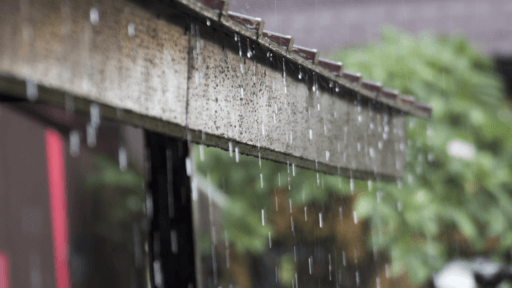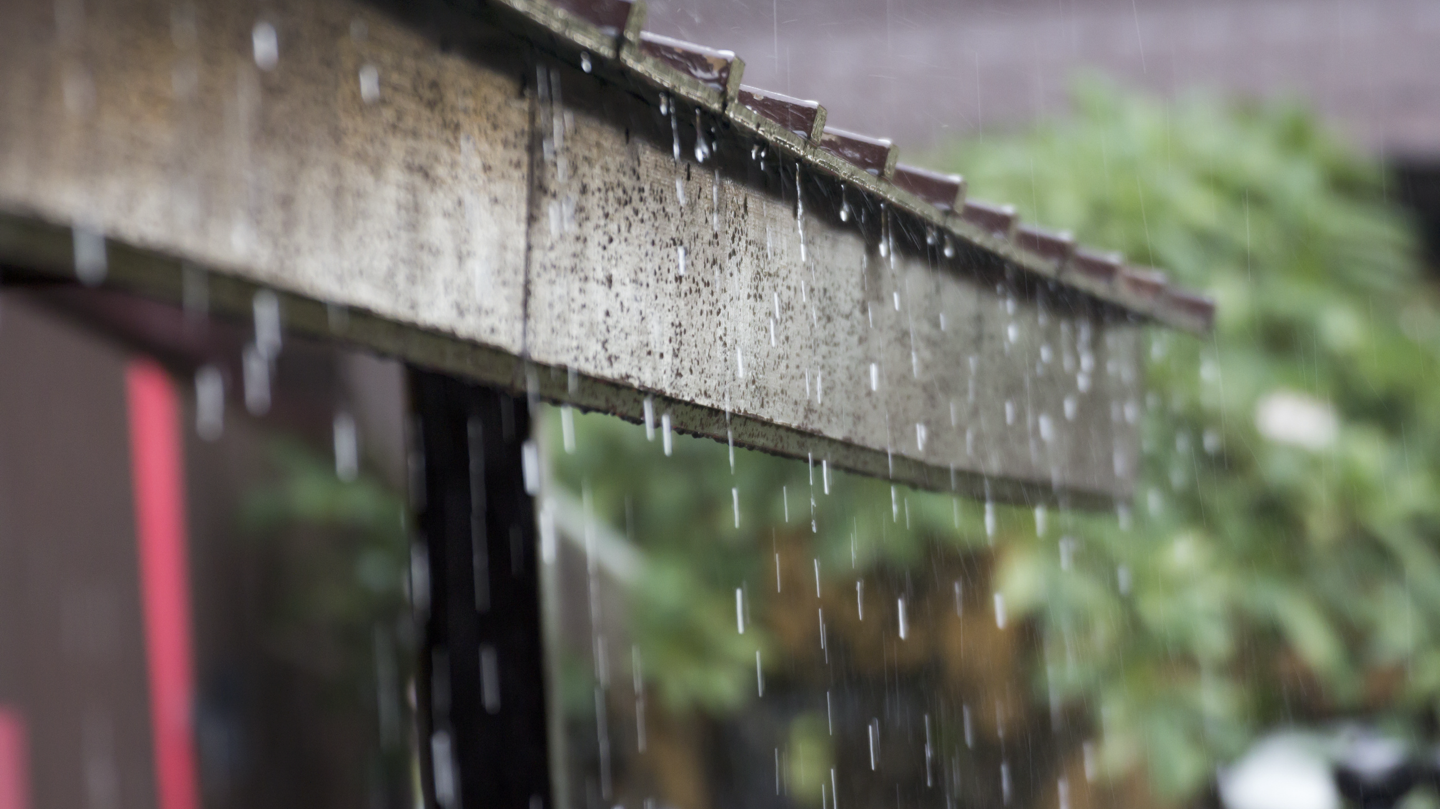Many customers ask us how to keep their lawns healthy during rainy seasons. After heavy rains, your lawn may require some extra care to help it recover and prevent further damage. Here are some steps you can take to treat your lawn after heavy rains:

- Allow for proper drainage: Ensure that your lawn has adequate drainage by checking that gutters, downspouts, and other drainage systems are functioning correctly. If there are areas with poor drainage, consider installing French drains or regrading those areas to redirect excess water away from the lawn.
- Remove debris: Clear any debris, such as fallen branches, leaves, or silt that may have accumulated on your lawn
- during the heavy rains. This debris can smother the grass and hinder its growth.
- Aerate the soil: If the soil has become compacted due to heavy rains, it’s essential to aerate it. Aeration involves creating small holes in the soil to improve air circulation, water penetration, and nutrient absorption. You can rent an aerator or hire a professional to do the job.
- Reseed bare patches: If heavy rains have caused bare patches in your lawn, reseeding those areas is necessary. Prepare the soil by raking it lightly to create a loose surface, sprinkle grass seed evenly over the bare patches, and lightly rake it again to cover the seeds with a thin layer of soil. Water the reseeded areas regularly until the new grass becomes established.
- Avoid walking on wet soil: After heavy rains, the soil may be saturated and prone to compaction. Avoid walking on the lawn or operating heavy equipment until the soil has dried out. Walking on wet soil can damage the grass and create more compaction.
- Adjust your mowing routine: Depending on the growth of your grass after heavy rains, you may need to adjust your mowing routine. If the grass has grown excessively, raise the cutting height and mow more frequently until the grass reaches a manageable height.
- Monitor for pests and diseases: Excessive moisture can create favorable conditions for pests and diseases. Keep an eye out for signs of pests, such as grubs or fungal diseases like brown patch or powdery mildew. If necessary, consult with a lawn care professional to identify and treat any issues.
- Maintain proper watering: While heavy rains provide significant moisture, it’s still essential to maintain proper watering practices. Avoid overwatering, as it can lead to waterlogging and other problems. Water deeply and infrequently, allowing the soil to dry out between watering sessions.
Remember that the specific needs of your lawn may vary based on factors such as grass type, climate, and soil conditions. Observing your lawn closely and adjusting your maintenance practices accordingly will help it recover and thrive after heavy rains.


